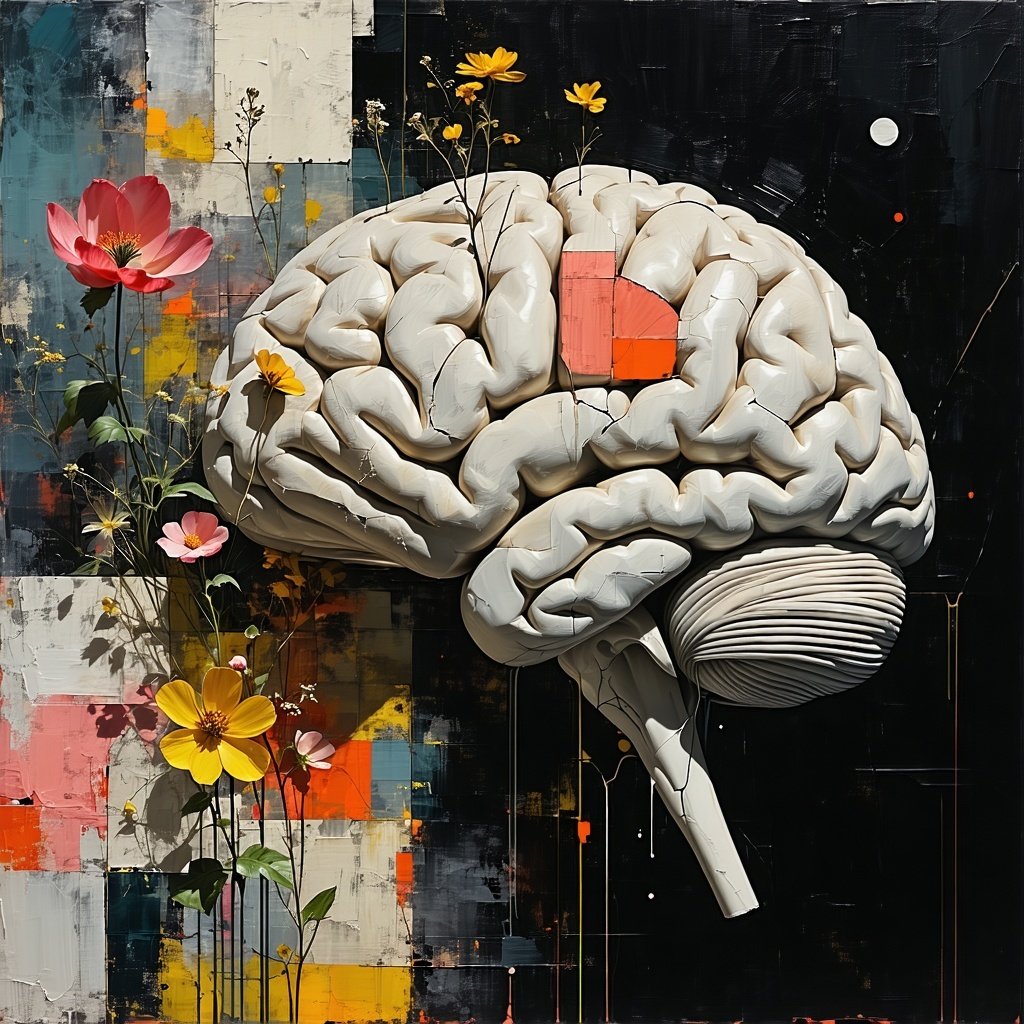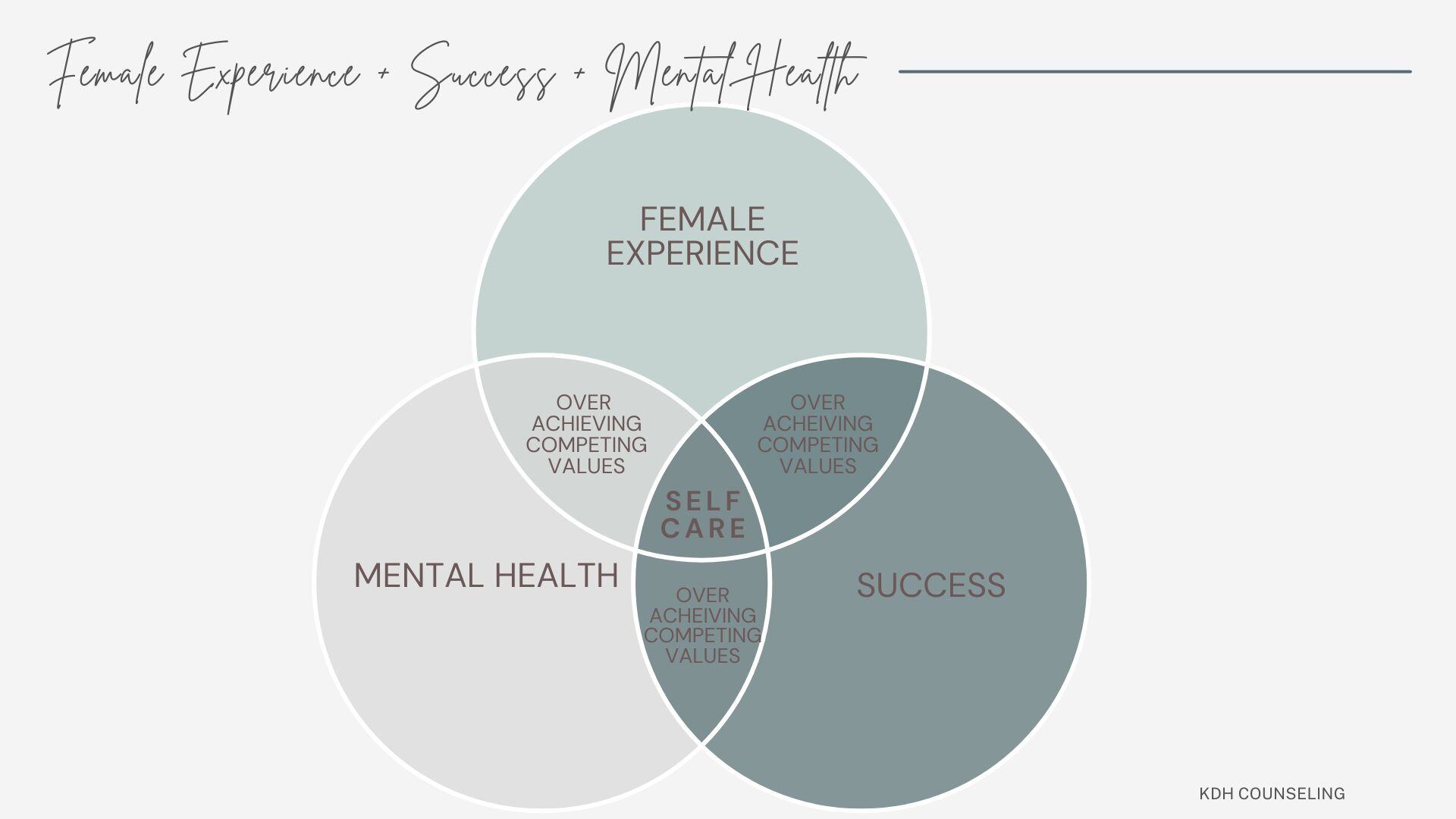NAVIGATING SUCCESS, MENTAL HEALTH AND THE FEMALE EXPERIENCE
In today's fast pace and often unrelenting world, where success is measured through tangible achievements and milestones, it is imperative to focus...
4 min read
KD HOLMES, LPC, EMDR CERTIFIED, BTTI TRAINED
:
Aug 5, 2025 8:33:19 PM

If you’ve ever had EMDR therapy and felt the strange relief of something shifting inside you-without having to walk back through every painful detail-you know this: change doesn’t always happen in words. Sometimes it starts in the way your breath changes, or how your shoulders drop after years of bracing. It happens in the quiet, deep-down places that remember safety before you can explain it.
For some people, EMDR opens that door. For others-especially with early trauma or attachment wounds-the door barely cracks, or it blows open too fast and floods the room. After years of this happening with my clients I was introduced to Deep Brain Reorienting (DBR).
I want to introduce you to this therapy not as a clinician rattling off technical language, but as someone who has walked alongside people trying to find their way out of the fog. And DBR offers a map-not to bypass the hard places, but to reach them with care.
DBR is a trauma therapy that works not by retelling a memory but by helping your body complete a sequence that was interrupted by shock, pain, or emotional overwhelm. It reaches back to the moment your deep brain said, "Something's wrong," often before you even had words for it.
In DBR, we track a very specific sequence:
O-T-(Shock)-Affect-Shift.
O (Orienting): Your deep brain turns toward the first moment of danger, a sense that something is off.
T (Tension): Your body prepares to respond.
Shock: If what you faced was too much, too fast, your system might freeze, brace, or recoil.
Affect: Then comes the emotional wave-fear, shame, grief, rage.
Shift (New Perspective): As the old sequence completes, your nervous system reorganizes. You feel different. The memory feels different.
You don’t need to remember every detail. Your body already knows.
Let’s start with what they have in common:
Both help process trauma without requiring detailed retelling.
Both use body-based anchors to stay connected, but in different ways.
Both rely on the brain’s natural ability to heal when the conditions are right.
But DBR begins even deeper.
Where EMDR typically starts with a memory and works toward a body feeling, DBR starts with the body’s tension and lets the memory unfold from there. We aren’t following the story from start to finish-we’re tracking the body's unfinished movement toward something that was too painful to fully experience.
If EMDR is like visiting a locked room with a flashlight, DBR is finding the key that lets the door open on its own.
I say this with so much compassion: EMDR isn’t always the right key for every lock.
Some people experience:
Too much affect, too fast.
Sudden overwhelm or shutdown.
Confusing body sensations or dissociation.
Feelings and memories they can not access.
When the trauma happened very early (before language or memory), or if the body learned to dissociate to survive, EMDR can touch the edges but struggle to reach the core. That’s because these responses don’t live in our "thinking" brain. They live in the midbrain and brainstem - the same deep areas that control breath, heart rate, and orientation.
DBR works here.
There’s a moment in DBR when you feel yourself arriving.
You start with your "Where Self" - the part of you that knows where your body is in space, the weight of your feet, the pull of gravity. Then we invite the moment-the flash of a look, a sound, a felt sense of "wrong."
And then we wait.
Not for a story. But for a flicker of tension, the Orienting Tension.
This is the doorway.
We stay there. Ultra-slow. Letting your body show the sequence. Often what comes is not a memory, but a shift-a shiver, a slump, a breath that finally releases. A wave of sadness that finally has room to arrive.
DBR doesn’t force anything. We follow the deep intelligence of your body.
When trauma is layered, preverbal, or attached to your very sense of self, your nervous system often holds it in places that words can’t reach.
DBR is effective for:
Early attachment wounds: When the wound happened before you could name it.
Preverbal trauma: When the story doesn’t exist in language.
Chronic dissociation: When parts of the body feel far away, or the self feels fragmented.
High-arousal or low-arousal shutdowns: Whether you freeze in fear or collapse into numbness, DBR can track those states.
Aloneness pain: That core sense of being unseen, untouched, unheld. DBR can reach that place, not through words, but through the Orienting Tension that says, "There it is."
Underneath your conscious awareness, your superior colliculus is scanning for danger. Your periaqueductal gray (PAG) is deciding whether to fight, flee, freeze, or collapse. Your dorsal raphe nucleus is registering the pain of aloneness.
These parts of your brain don’t think in language. They think in tension, movement, breath, and silence. When something overwhelming happens, your system might flood with endocannabinoids to fuzz things out or endogenous opioids to shut everything down. You don’t choose this. It’s what your body knows how to do to survive.
DBR speaks this language.
One of the most beautiful things I see in DBR sessions is what happens after the affect.
After the tears or the trembling or the heat of rage.
There’s a shift.
A client might say, "I feel like I’m back." Or, "I see what she did, and I don’t need to carry that anymore." Or simply, "It’s not me."
The posture changes. The body softens. There is a sense of reinhabiting the self.
This is not cognitive insight. It’s embodied knowing. The body knows what happened. And now, finally, it knows that it’s over.
If you’ve tried EMDR and felt:
Flooded or overwhelmed
Confused by your body’s reactions
Disconnected or dissociated during processing
Unable to reach the "core" of the trauma
...DBR might be the missing piece.
Or if you haven’t done EMDR but you know that words have never quite reached the pain-if something inside you says, "It’s deeper than that"-then DBR is worth exploring.
It’s not for everyone. It moves slowly. It doesn’t give you a narrative to hold onto. But for those whose trauma is woven into the body, into attachment, into the very early layers of being-DBR can be profoundly life-changing.
Healing isn’t always loud. Sometimes it arrives as a millimeter of movement, a breath that returns after years of holding it, a quiet reclaiming of "I am."
If EMDR is a bridge into the body, DBR is a doorway into the deep architecture of the self, hidden in the deep brain. And sometimes, that’s where we need to begin.

In today's fast pace and often unrelenting world, where success is measured through tangible achievements and milestones, it is imperative to focus...

What is Depression Treatment? The word “treatment” can feel so clinical, can't it? Yet, depression, in all its shades and complexities, truly is a...

Major Depressive Disorder (MDD) isn’t just feeling sad. It’s gripping, immobilizing, and a challenge that leaves a lasting mark on a person’s quality...